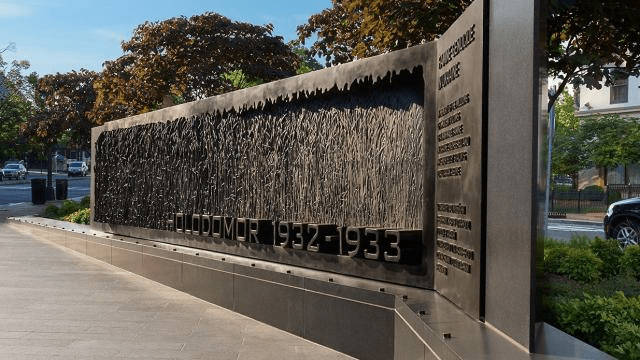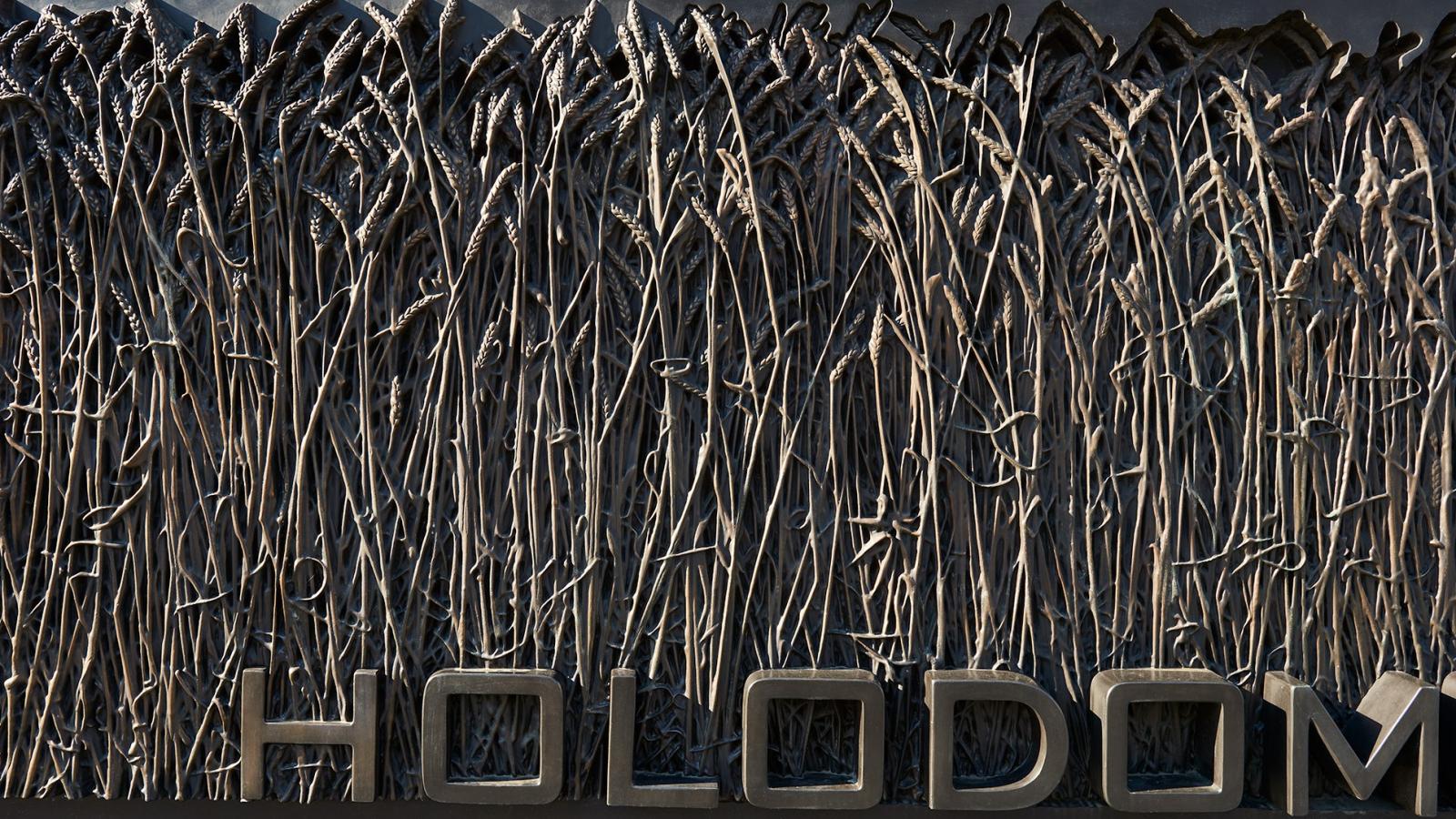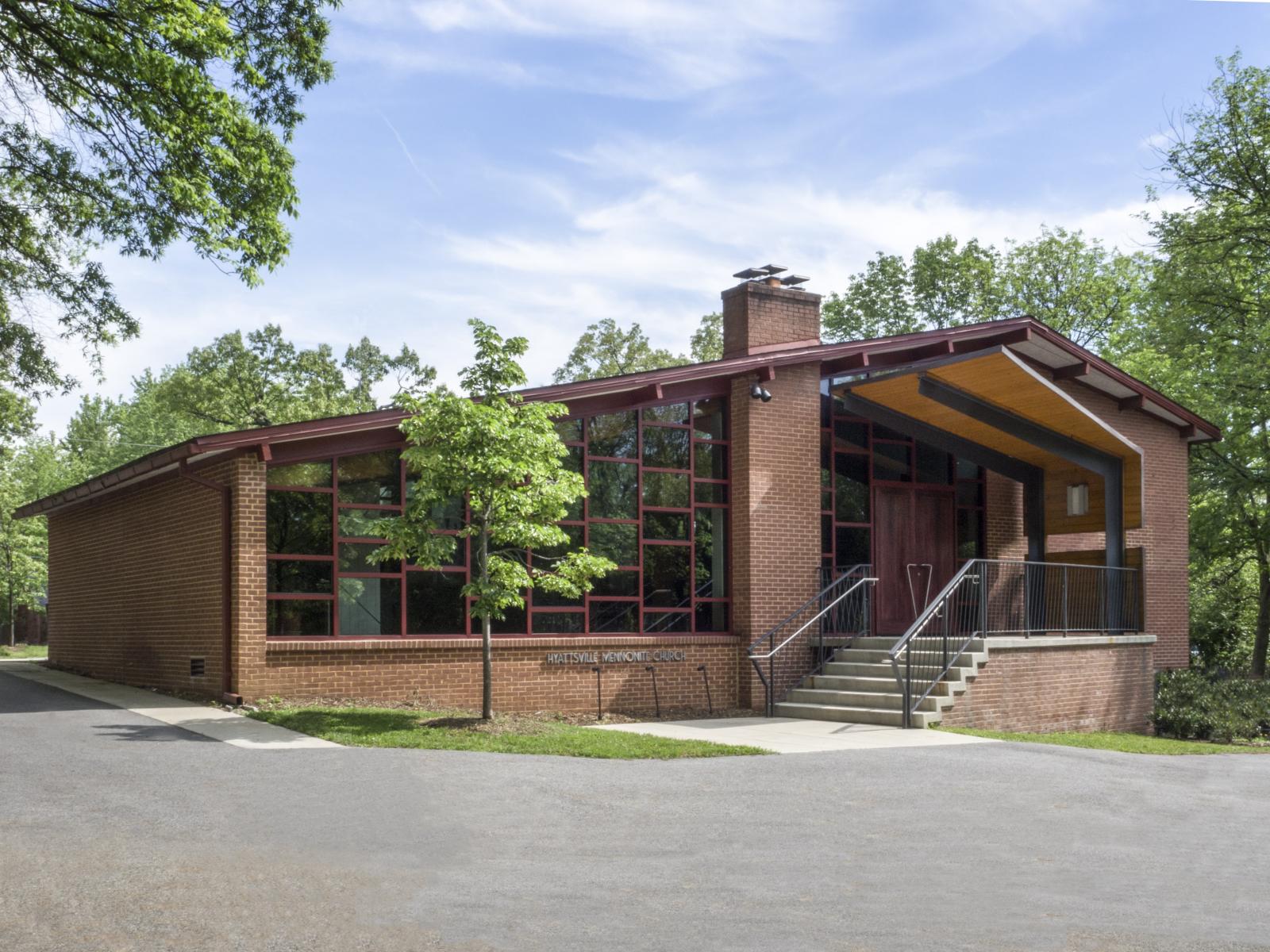Alumni Profile: Larysa Kurylas (B.ARCH ’80)
In November 2009, a week before Thanksgiving, Washington, D.C.-architect Larysa Kurylas found herself driving a complete stranger to Dulles International Airport. In the stranger’s hands was a box, holding a model and drawings for a memorial design competition that recognized Holodomor, the virtually unknown Ukrainian famine that killed over four million people in the early part of the 20th century. It was a competition that Larysa, an ethnic Ukrainian born in Baltimore to immigrant parents, felt duty-bound to both enter and win, which she did, edging out 45 other entries from around the world. Larysa’s journey was full of impossibly serendipitous moments: the stranger who happened to be traveling to Kiev the week before the Thanksgiving competition deadline, willing to forgo her carry-on for Larysa’s model; her entry that had to be written in Ukrainian, a language she spoke every day at home as a child (house rules); her office’s proximity to the memorial site—a sliver of land at the intersection of Massachusetts Avenue and North Capitol Street in Washington, D.C., where she sprouted her design idea; and the family friend who clued her into a place (Winnipeg) where she could still procure wheat stalks—Integral to her design idea—in the middle of July. Larysa’s final concept, which was dedicated two years ago, pays homage to those lives lost from an intentional famine kept secret from the world. Below, Larysa talks about the inspiration behind the Holodomor Memorial, working for herself and the demise of the all-nighter:
You have been running your own shop, Kurylas Studio, for over 25 years. What made you go off on your own? It was really about economics. After my third layoff I just thought, well I’m going to hang my own shingle out and see how it goes. By that time, I had made some good contacts and hired myself out to other architects while developing my own business. With the help of word of mouth, it kind of took off.
What are the benefits of running your own firm? Having my own shop gives me terrific flexibility. If I want to go to a museum in the middle of the day, I go. If I want to teach, I teach.
Your memorial to the famine in Ukraine, Holodomor, was dedicated in 2015. How did you approach the project? What do you hope visitors take away from it? Before I sent in my entry, I happened to attend the site blessing, which got me thinking about what to do in the space. I think, as an architect, I had a different take compared to an artist; a more site-sensitive approach to the whole project. My major architecture goals were to resolve the triangular geometry of the site, made by the intersection of Massachusetts Avenue and North Capitol street, and to screen from view two sidewalk cafes on F Street, an uncomfortable neighbor to a famine memorial. This generated the notion of making the sculpture set piece of the memorial a wall-like form, shielding the experience from the cafes. Growing up ethnically Ukrainian in the U.S., I understood that most Americans knew very little about Ukraine, except that, possibly, it was known once as the “breadbasket” of Europe. For this reason, wheat features prominently in the memorial. More to the point, however, is that wheat was weaponized by Stalin in the form of impossible grain quotas imposed on Ukrainian farmers, leading to the artificial famine known as the Holodomor, which means “death by starvation” in Ukrainian. At the memorial’s heart is a 30-foot-long bronze bas-relief sculpture, where wheat transitions from high relief on the left side to practical nothingness on the right. At the same time, the wheat, which starts out projecting from a datum plane, eventually recedes into the negative space—a very willful sculptural act—intended to convey the artificiality of the famine.
Holodomor was very intentional. Stalin kept it this big secret, like it never happened; it was specifically targeted to knock down any national, autonomous aspirations by Ukrainians. So, I hope that visitors to the memorial learn about Holodomor, but also, I hope they pause to reflect on the horrors of man-made starvation and that, as a country, we will strive to eradicate hunger both in our country and worldwide.
What is appealing to design competitions like Holodomor and others? I like participating in competitions from time to time because I feel, theoretically, that it’s a battle of ideas; especially if it’s an anonymous competition. I like that memorials also incorporate a symbolic and spiritual context, which isn’t really at the top of the list for other architecture projects. Holodomor was a passion project and, without a doubt, a career highlight.
In addition to your practice, you’ve recently come back to UMD to work with students. What’s the biggest difference between education today and when you were in school? The studio culture is so different. You’re not supposed to expect students to pull all-nighters and that used to be a rite of passage. It was in most architecture programs back then; everyone I know in the practice compares notes to how many all-nighters they pulled and brain cells they lost.
I remember the nights before big projects were due, which were regular; someone would go to Dunkin Donuts around midnight or whenever they closed and get the donuts that didn’t sell. They would often just hand them over for free; two big contractor bags of donuts. We’d spread craft paper out on the studio floor in the great space and these donuts would just get dumped on the paper. My roommate at the time had a thriving coffee business running out of studio!
A tech or a tool that you can’t live without: I’m not terribly techy, but I can’t live without my iPhone.
The last great book you read: All the Light We Cannot See, by Anthony Doerr, a beautifully-written WWII story about the converging paths of a blind French girl and a German orphan.
What’s next for you: I am vigorously pursuing projects with a symbolic/spiritual component, which I like most. I just completed the design of an iconostasis screen for a church in Senlis, France, outside of Paris. Next, I am hoping to get the commission to design a church in San Diego—keeping my fingers crossed!



